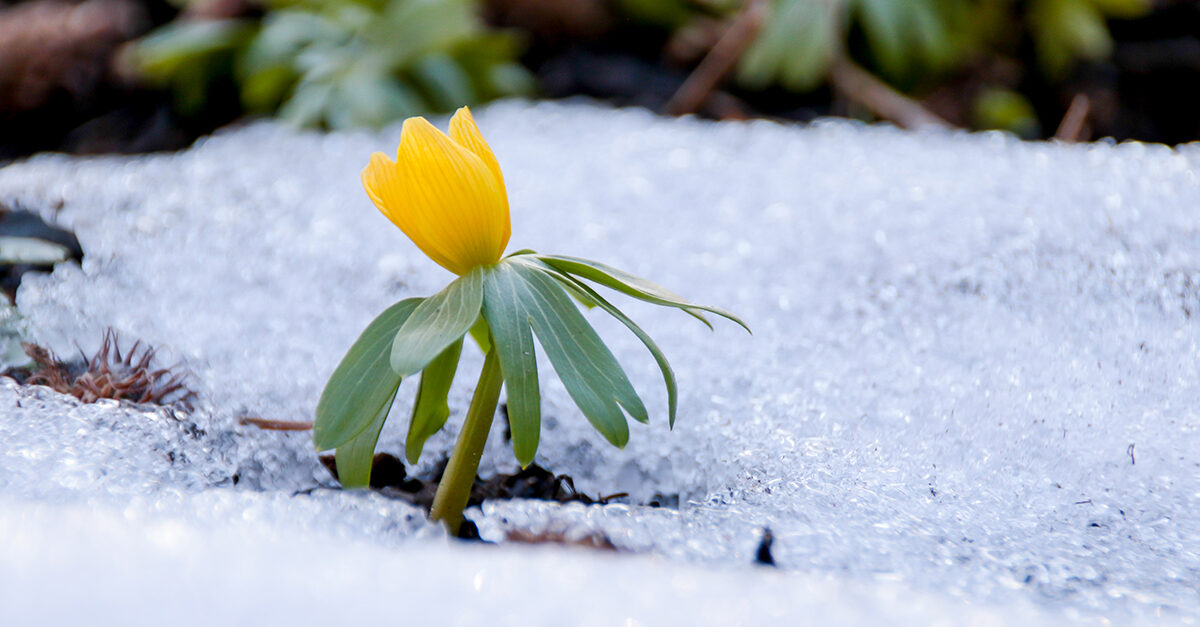It has been a mild winter so far in many parts of the country, but sooner or later snow and ice will make their annual appearance. Have you taken the vital steps to ensure your property has been thoroughly winterized?
Below are seven easy-to-follow steps for winterizing, navigating hurdles, and executing solutions to help benefit landscapes long-term.
1. Cut back perennials
No matter if you’re a business owner, property owner, or facility manager, if you’re in charge of overseeing a landscape that has plants, cutting back perennials is the No.1 tip. Not only is it an aesthetic practice but removing dead leaves from perennials allows the underground plant structures to do their job without disturbance during the cooler winter months. Start by removing the decaying foliage and consider mulching over perennials to protect their root systems from harsh winter conditions. As the colder weather approaches, try to tackle this task before the first frost, but don’t fret if you miss that window, as perennials can still be winterized as long as they’re not buried in snow.
2. Clear those leaves
Raking leaves may be the most common step when it comes to prepping a landscape for winter and that’s for good reason—it’s necessary! While a lawn can typically handle a fair amount of leaf cover and still be healthy, removing the leaves will help your grass grow. Keeping a thick layer of leaf cover on a landscape deprives the grass of sunlight, which can hinder proper growth during this key revitalization season.
3. Plant for spring
While you may be focused on near-term tasks during the winter months, thinking ahead to spring is essential to maintaining a landscape that flourishes year-round. Ideally, spring bulb planting should happen before the ground freezes, especially for early blooming bulbs such as hyacinth, daffodils, and even tulips. Roots will be active for much of the winter, even when the rest of the plant is dormant, so planting in the colder months allows the roots to establish before spring and gives the plant a better chance at healthy life once it sprouts from the ground. Before you plant, consult this USDA Plant Hardiness Zone Map to help you determine the types of plants that will thrive in your area.
4. Clean out drains and turn off irrigation systems
As temperatures drop, turn off the main source of water for any irrigation systems and blow out the system. This step is particularly important for those who oversee landscapes in colder regions of the country. If you live in an area where the freeze line is below your irrigation system, you run the risk of your pipes freezing if you do not blow out the system. Additionally, working to ensure any drains are cleaned and not covered with debris ahead of the winter season is important to preventing clogs during the cold weather.
5. Opt for gypsum for salt protection
Winter brings snow for many of us and with it the inevitable icy sidewalks, parking lots, and roads. In areas where you will heavily spread salt and ice melt throughout the winter, use gypsum to buffer the damage caused by snow and ice control measures. Simply spread the gypsum in the areas around sidewalks and roadways where snow melts. While this practice will not stop damage from salt, it does make the damage less severe.
6. Prep your tools
If your property requires the use of winter tools like a snow blower, remember to properly check and prep them before first use. Additionally, make sure you take the time to clean and properly store any tools that will not be used during the colder months. Add fuel stabilizer or non-ethanol fuel to equipment that will not be used during the winter and empty the fuel out of the tank to protect the engine and fuel lines. Leaving the improper fuel in the tank can lead to reduced engine efficiency and the possibility of a degradation of the fuel lines and carburetor.
7. Stay on top of upkeep
Once you have implemented winterizing practices, further management of the landscape is dependent on what part of the country you are in. Those in the North may be fighting snow all winter. In between snow, pruning can occur. Sites in the South may need to mow, especially in transition zone areas, or even maintain winter flower beds. You can deadhead pansies and mulch flower beds throughout the winter in areas without snow cover. Many shrubs benefit from a winter pruning—it makes them ready to pop out and look great in the spring.
While it’s easy to slow down on maintenance when temperatures drop (who wants to go outside and mulch when it’s 30 degrees Fahrenheit?) it’s important for business and property owners and facility managers to remember that landscape management doesn’t let up even during the colder months. Establishing a winterizing system can help you and your team foster an outdoor environment that is healthy and welcoming year-round.




